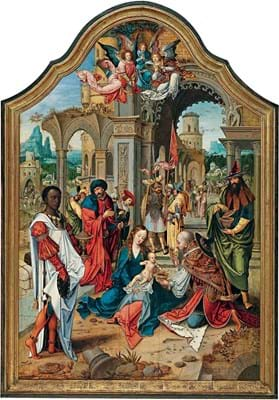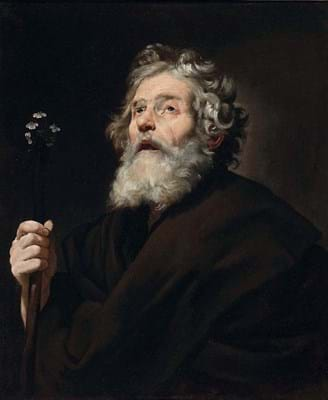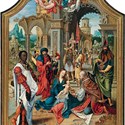The firm’s traditional money spinner, postponed from April, was the first major auction after the easing of lockdown in Austria. As things turned out, the bidders were often in a generous mood and produced several notable results at the event on June 9.
Leading the field was Pieter Coecke van Aelst’s 3ft 8in x 2ft 6in (1.12m x 75cm) panel The Adoration of the Magi from 1523.
Originally the centrepiece of a triptych, among prominent past owners was the Dutch king William II, who had purchased the painting, then attributed to Lucas van Leyden, in 1840 from a Brussels dealer for 3300 guilders.
Since then, it has passed through numerous noble collections, until it was auctioned by Sotheby’s in London in 1967 for £6500.
Most recently, it belonged to a German private collector, who was expecting to receive €400,000-600,000, but will have been pleasantly surprised by the €950,000 (£848,215) the painting finally achieved.
There were numerous takers for four wings of a late 15th century south German altarpiece (Christ on the Mount of Olives; Christ Carrying the Cross; The Crucifixion; The Lamentation), which was bid from €500,000 to €670,000 (£598,215).
Double the lower estimate at €480,000 (£428,570) was Jusepe de Ribera’s Saint Joseph, a 2ft 5in x 2ft 1in (75 x 63cm) oil on canvas consigned by a European aristocrat.


















